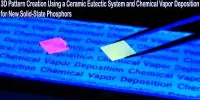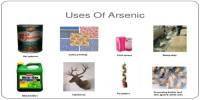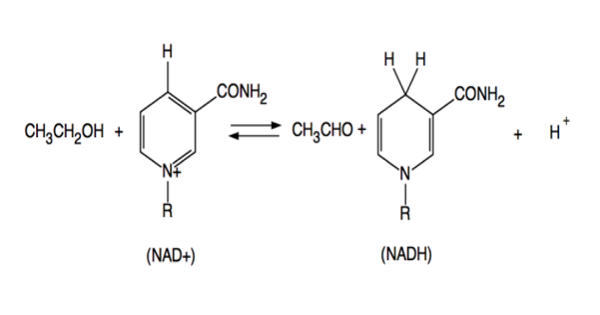Tin(II) chloride, also known as stannous chloride, is a white crystalline solid with the formula SnCl2. It has a lone pair of electrons where the molecule in the gaseous phase is bent. It is a potentially toxic compound. It forms a stable dihydrate, but aqueous solutions tend to undergo hydrolysis, particularly if hot. It is created through dissolving tin in hydrochloric acid. This is followed by evaporation and crystallization. It is colorless and crystal-like in appearance, and it attracts oxygen from the air. It is widely used in the manufacturing of pharmaceuticals, as a tanning agent, and in the production of dyes.
SnCl2 appears as a white crystalline solid which is odourless. It is widely used as a reducing agent (in acid solution), and in electrolytic baths for tin-plating. Tin may enter the bloodstream and bind to hemoglobin, where it is distributed and accumulates mainly in the kidney, liver, lung, and bone. It is toxic when swallowed and irritates eyes and skin when comes in contact.
Properties
SnCl2 has a lone pair of electrons, such that the molecule in the gas phase is bent. In the solid state, crystalline SnCl2 forms chains linked via chloride bridges. It is also transformed to insoluble oxychloride, which is a two part composite—oxygen and chlorine—with a contributing element or basic chloride.
- Molecular Weight: 189.62
- Appearance: White crystalline solid
- Melting Point: 247° C (476.6° F)
- Boiling Point: 623° C (1,153° F)
- Density: 3.95 g/cm3
- Solubility in H2O: N/A
- Exact Mass: 189.8399
- Monoisotopic Mass: 189.8399

It has a melting point of 246 degrees Celsius, a boiling point of 246 degrees Celsius, and a density of 3.90. The dihydrate is also three-coordinate, with one water coordinated on to the tin, and a second water coordinated to the first. The main part of the molecule stacks into double layers in the crystal lattice, with the “second” water sandwiched between the layers. It is soluble in less than its own mass in water. Solubility increases in hydrochloric acid.
Preparation
Anhydrous SnCl2 is prepared by the action of dry hydrogen chloride gas on tin metal. The dihydrate is made by a similar reaction, using hydrochloric acid:
Sn (s) + 2 HCl (aq) → SnCl2 (aq) + H2 (g)
The water then carefully evaporated from the acidic solution to produce crystals of SnCl2·2H2O. The dihydrate is dehydrated to anhydrous by treating with acetic anhydride. This dihydrate can be dehydrated to anhydrous using acetic anhydride.
Uses
- Tin (II) chloride is a powerful reducing agent utilized in numerous industrial processes.
- It is used as a strong reducing agent.
- Used in the manufacturing of pharmaceutical products.
- Used in removing ink stains.
- Used as a catalyst.
- Used to manufacture colour pigments.
- Used in tin-plating of steel.
- Used as a mordant in textile dyeing.
Information Source:
















